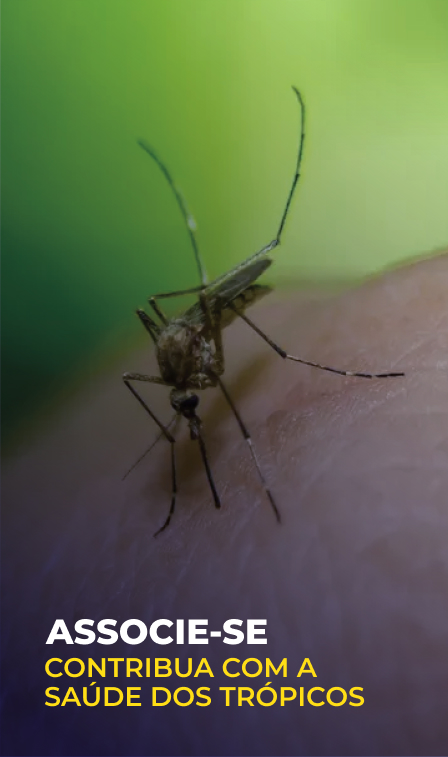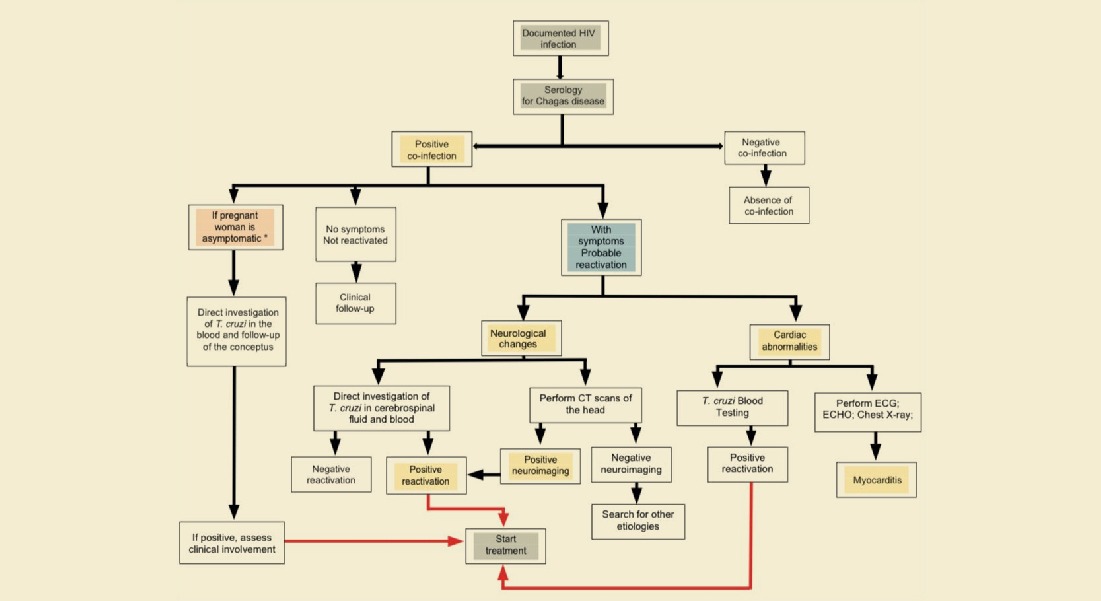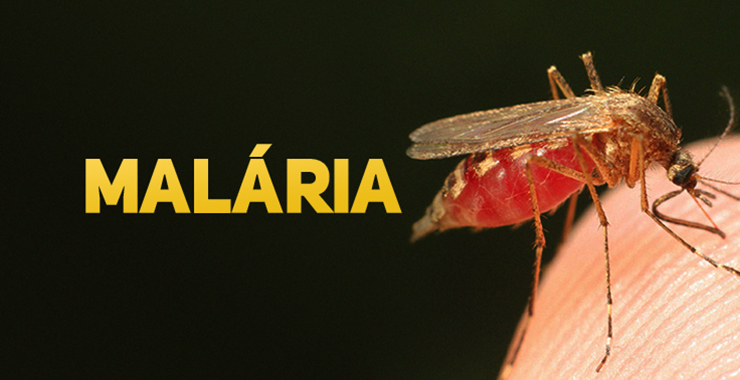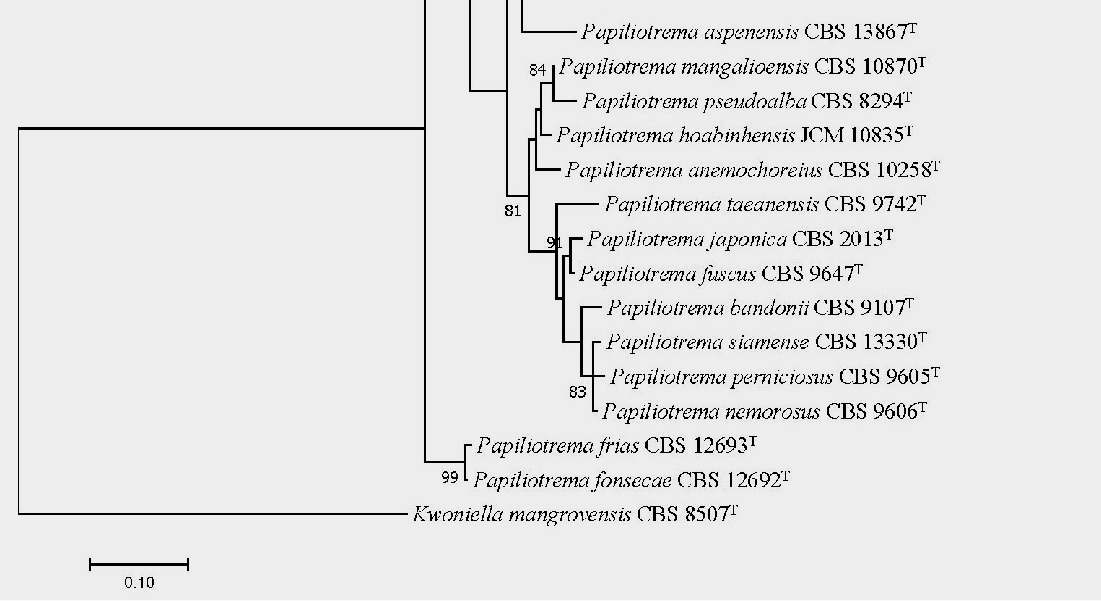
Schistosomiasis: Brazilian researchers identify a promising target for treatment by separating a pair of worms
Discovery has potential for the development of a new drug with fewer adverse effects by preferentially targeting the parasite
11/08/2023
The worms that cause schistosomiasis can only survive in the host’s bloodstream if they are mated, that is, the female living inside the male to exchange molecules, produce and release eggs.
A promising scientific discovery could represent a significant advance in the fight against schistosomiasis, a neglected parasitic disease that affects millions of people around the world. Researchers at the Butantan Institute, in São Paulo, identified a new therapeutic target by separating couples of Schistosoma mansoni worms , the parasite responsible for causing the disease in Brazil. The article entitled “ Long non-coding RNAs are essential for Schistosoma mansoni pairing-dependent adult worm homeostasis and fertility ” was published in the scientific journal PLOS Pathogens in May of this year.
According to Dr. Murilo Sena Amaral, one of the study coordinators, the objective of the work was to assess whether long non-protein coding RNAs (lncRNAs) would be essential for the viability, survival and reproduction of Schistosoma mansoni and then use this knowledge to propose lncRNAs as new possible therapeutic targets. As a result, the researchers found that removing these lncRNAs from the parasites led to mismatching and reduced viability and fertility of the schistosomes , which started to produce a smaller amount of viable eggs.
Questioned about how the fertility of adult worms is affected by lncRNAs, Dr. Amaral explains that the team identified a higher level of expression of some lncRNAs in paired adult worms than in unpaired ones. “Next, we targeted three of these lncRNAs from Schistosoma mansoni to decrease their expression in the paired adult worms and observed that the decrease in the amount of these lncRNAs in the parasites , previously paired, caused mismatching and reduced viability and fertility of the worms, which passed to produce a smaller amount of viable eggs after the silencing of the lncRNAs”, he details.
Also according to the researcher, when the reduction in the amount of lncRNAs was performed in the schistosomes that infected mice (in an in vivo assay ), 30% of the parasites died , unlike what happened with the number of schistosomes that infected control mice , in which the expression of lncRNAs in the parasites was normal. “We observed that these lncRNAs are located in the reproductive tissues of the worms, which indicates that they are important for the homeostasis and proper reproduction of these parasites ”, he adds.
New therapeutic strategies against schistosomiasis
The results of the experiments carried out in the laboratory showed a significant reduction in the production of eggs by the worms and pave the way for future therapies that can neutralize the devastating potential of schistosomiasis in humans. For many years, treatments for this tropical disease focused on eliminating the adult worms from the circulatory system of the human host. However, praziquantel, the main antiparasitic indicated for the treatment of infections by helminths or flukes, such as schistosomiasis, taeniasis or cysticercosis, has major limitations and has been on the market for a long time and there are reports of resistant worms.
“Given that lncRNAs have proved to be essential for the homeostasis and fertility of worms, therapies to be developed in the future that target lncRNAs should represent good alternatives for combating worms and for controlling schistosomiasis”, highlights Dr. Amaral . lncRNAs are molecules normally less conserved between species than protein-coding genes and, therefore, therapies targeting parasite lncRNAs have the potential to cause less adverse effects in humans, who do not have similar lncRNAs, making schistosome lncRNAs more attractive as targets.
Finally, Dr. Amaral emphasizes the importance of the discovery. “It has already been shown that lncRNAs play very important roles for the survival of different organisms, but this was the first time that we showed that they are essential for the survival of Schistosoma mansoni . This finding paves the way for other functions of lncRNAs in this helminth , related to other metabolic processes, to be described, which places them as possible new therapeutic targets in the future”, he emphasizes.
This is the first time that lncRNAs are described as possible therapeutic targets in a parasite ; this identification opens perspective for the characterization of these molecules in other species of parasites that cause neglected tropical diseases that, together, affect more than 1 billion people in the world. The next step of the study is to refine the analysis and try to silence the three target lncRNAs at once, in order to then evaluate the results. The idea is to test whether there might be a better effect, whether death would be faster and whether more worms would die by silencing the three lncRNAs at the same time. In parallel, the team will look for and identify lncRNAs in other parasites of medical interest.
As the investigation progresses, the scientific community and healthcare professionals look forward to the next steps in the hope that this breakthrough discovery could lead to more effective and affordable treatments for schistosomiasis, alleviating the burden of this disease for millions of people across the world. world. Although there are still challenges to be overcome, the research represents a promising advance in the battle against this worm.
about the disease
Schistosomiasis, also known as water belly, caused by Schistosoma mansoni – mainly transmitted by freshwater snails – is prevalent in regions with limited access to drinking water and basic sanitation, making it a serious public health problem. Transmission occurs through contact with water contaminated by parasite eggs . Upon penetrating human skin, the eggs release larvae that migrate to the blood vessels of the liver, where they mature and reproduce.
Schistosoma mansoni is considered an unusual worm in many ways., mainly due to the fact that adult males and females must remain paired throughout their lives for successful reproduction. Females can produce up to 3,000 eggs per day. Approximately half reach the intestine or bladder of the host. The remainder is carried by the blood to the liver and spleen, causing an inflammatory reaction in the portal vessel walls causing periportal fibrosis and portal hypertension, which results in splenomegaly, esophageal varices and, later, ascites. This clinical presentation of the disease is called the hepatosplenic form and has high morbidity and mortality. Some people may have the more benign intestinal form of schistosomiasis and, in the lungs, the presence of eggs may result in pulmonary hypertension and cor pulmonale. At other times, the clinical picture can be quite silent:
Schistosomiasis primarily affects rural communities and areas with limited access to adequate sanitation. The World Health Organization (WHO) estimates that around 200 million people are infected globally. The disease is responsible for thousands of deaths each year.










